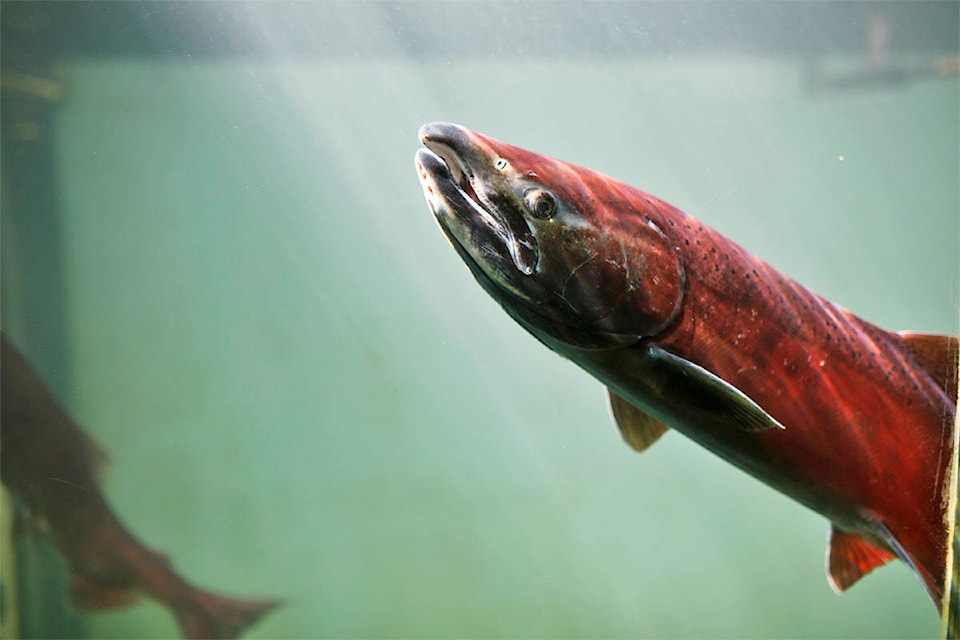Re: (Black Press Media column by Greg Knill, Jan. 12, 2020)
I caught my first salmon more than 60 years ago. It was a spring, almost as big as I was.
My father-in-law caught his first spring, 27-lb, from a dugout canoe in Cowichan Bay just after WWI. He told me that when the late-summer run came in, you couldn���߲��о����t look to any point of the compass and not see a salmon jumping. I watched my dad play and lose a monster steelhead in the Nanaimo River in 1956.
If there���߲��о����s one conclusion I���߲��о����ve reached, it���߲��о����s that if we expect to have any salmon at all, we have to stop destroying habitat by shearing and re-shearing watersheds so that they can���߲��о����t retain snowpack, which means hotter rivers in late summer.
We can���߲��о����t keep industrially ocean-mining ���߲��о���� particularly herring ���߲��о���� at the base of the food chain. Herring supply 80 per cent of the feed for springs and coho, but almost every population on the coast has now crashed.
We can���߲��о����t keep killing salmon at so-called maximum sustained yield rates that allow no margin of insurance when disasters like the Big Bar slide occur.
We can���߲��о����t keep deluding ourselves that a sport fishery that���߲��о����s really a driver for guides financing $200,000 boats and resort owners filling rooms is recreational rather than industrial.
Nobody wants to talk about these things because they touch upon big economic interests and mean curbing individual desires.
Nobody wants to talk about the intellectual fraud that is catch-and-release fishing, where mortalities are vastly understated and vulnerable smaller fish are routinely released to near-certain death just so that clients can catch a bigger fish. There���߲��о����s no better indicator of this mentality than a cruise through the fishing lodge website photos.
So, sadly, being old enough to know what���߲��о����s already been lost, I���߲��о����m not at all optimistic about the future of our salmon.
I think we are entering the ���߲��о����who gets to kill the last buffalo���߲��о���� phase of their extirpation from much of their historic range.
On peak cycle, the Fraser River used to have annual returns of 160 million salmon. It teemed with oolichan, and some species of river herring spawned as far upstream as Bridge River. Now we get a return of 10 million fish and we congratulate ourselves on a good management year.
In my childhood, at least 25,000 Chinook, perhaps even 50,000, ran past Duncan in a peak year. Sockeye once ran into Cowichan Lake to spawn.
But our dance of denial goes on. We can���߲��о����t even find the collective spine to raise the weir a few feet for the benefit of salmon and steelhead. Looking back on our systematic abuse and unbridled greed, I���߲��о����m no longer sure we even deserve them.
Stephen Hume
Like us on and follow us on



